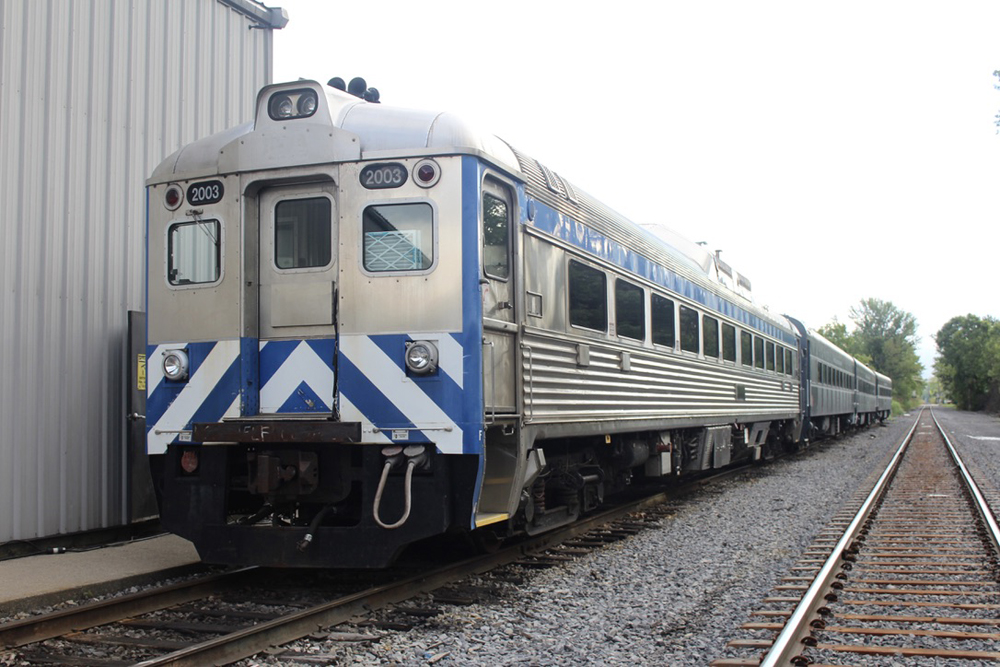markhb
Senior Member
- Joined
- Oct 19, 2013
- Messages
- 1,562
- Reaction score
- 1,357
Agreed; I have held the opinion that the train should follow the 495 routing through the Merrimack Valley to the Worcester Main, and then either the route to Springfield or cut directly under that to the P&W to (I believe) New London. (THere is a railroad underpass there by Worcester Union Station.) But my impression is that, with Amtrak and Massachusetts trying mightily to get the Inland Route going, the cross-platform transfer (which keeps the Maine-funded train closer to home) is going to be the plan.I believe the mid-last-century routes between Portland (and points northeast) and New York City (and points South, to Washington) did not stop in / near Boston. The route can be explored here:
Bar Harbor Express - Wikipedia
en.wikipedia.org



